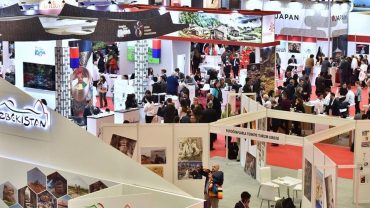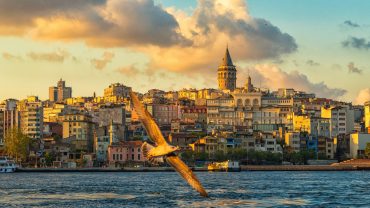
Van is a city in eastern Turkey’s Van Province, located on the eastern shore of Lake Van. The city has a long history as a major urban area. It has been a large city since the first millennium BC, initially as Tushpa, the capital of the kingdom of Urartu from the 9th century BC to the 6th century BC, and later as the center of the Armenian kingdom of Vaspurakan. Today, Van has a Kurdish majority and a sizeable Turkish minority.
In 2010 the official population figure for Van was 367,419 but many estimates put it much higher with a 1996 estimate stating 500,000 and former Mayor Burhan Yengun is quoted as saying it may be as high as 600,000.
Archaeological excavations and surveys carried out in Van province indicate that the history of human settlement in this region goes back at least as far as 5000 BC. The Tilkitepe Mound, which is on the shores of Lake Van and a few kilometres to the south of Van Castle, is the only source of information about the oldest culture of Van.
Under the ancient name of Tushpa, Van was the capital of the Urartian kingdom in the 9th century BC. The early settlement was centered on the steep-sided bluff now known as Van Castle (Van Kalesi), close to the edge of Lake Van and a few kilometers west of the modern city. Here have been found Urartian cuneiform inscriptions dating to the 8th and 7th centuries BC. In the trilingual Behistun inscription, carved in the order of Darius the Great of Persia, the country referred to as Urartu in Babylonian is called Armenia in Old Persian.
The name ‘Van’ comes from the Urartian Biaina.
Landmarks
The modern city is located on the plain extending from the Lake Van, at a distance of 5 kilometres (3 miles) from the lake shore.
Van has often been called “The Pearl of the East” because of the beauty of its surrounding landscape. An old Armenian proverb in the same sense is “Van in this world, paradise in the next.” This phrase has been slightly modified in Turkish as dünyada Van, ahirette iman or “Van for this world, faith for the next.”
The city is home to Van Yüzüncü Yıl Üniversitesi (Van 100th Year University) and recently came to the headlines for two highly publicized investigations initiated by the Prosecutor of Van, one of which was focused on accusations against the university’s rector, Prof. Hasan Ceylan, who was kept in custody for a time. He was finally acquitted but lost his rectorate. He is a grandson of Agop Vartovyan, an Ottoman Armenian who is accepted as the founder of modern Turkish theatre. Prof. Hasan Ceylan is also the department chairman of Environmental Engineering in the Van 100th Year University.
Cuisine
In culinary terms, as some cities in Turkey became renowned for their kebab culture or other types of traditional local dishes, Van has distinguished itself with its breakfast culture. You can find all sorts of food in Van, but pides are in all of their meals.
Transport
Van stands on Highway D300, which runs from the Iranian border 100 km east at Kapikoy through Van then along the south lake shore to Tatvan (100 km), and westwards to the rest of Turkey. Highway D975 runs north to Dogubeyazit and south towards Hakkari. Frequent buses and dolmuses ply these highways.
Van is the western terminus of the railway line from Iran, with freight and passenger trains (suspended between 2015 and 2018). There is a train ferry (upgraded in 2015) across the lake to Tatvan. There is no railway around the lake; it is intended eventually to build one but to date there are no plans. This would actually create an unbroken rail link between Europe and the Indian subcontinent, as Tatvan is the terminus of the line to Ankara and Istanbul.
Van has daily flights to Istanbul, Ankara and other major Turkish cities from Ferit Melen Airport.
The Van Cat
The Van Cat is a breed of cat native to this town and named after it. It is noted for its white fur, and having differently colored eyes.





Comment (0)